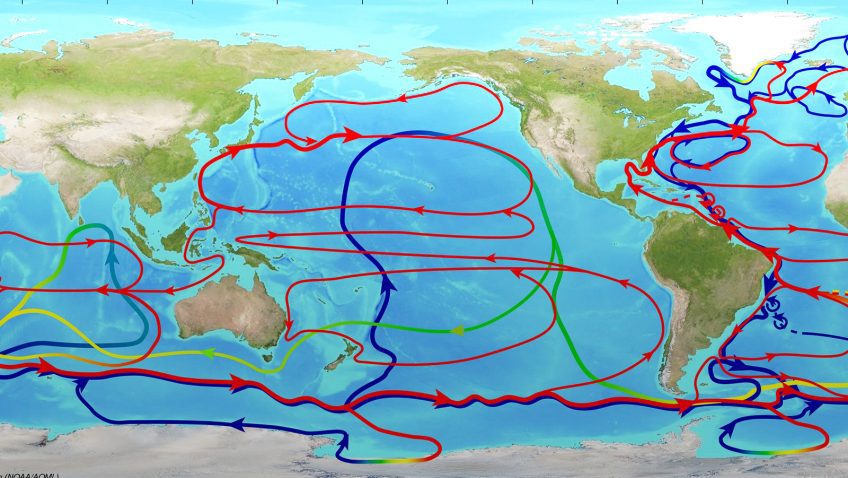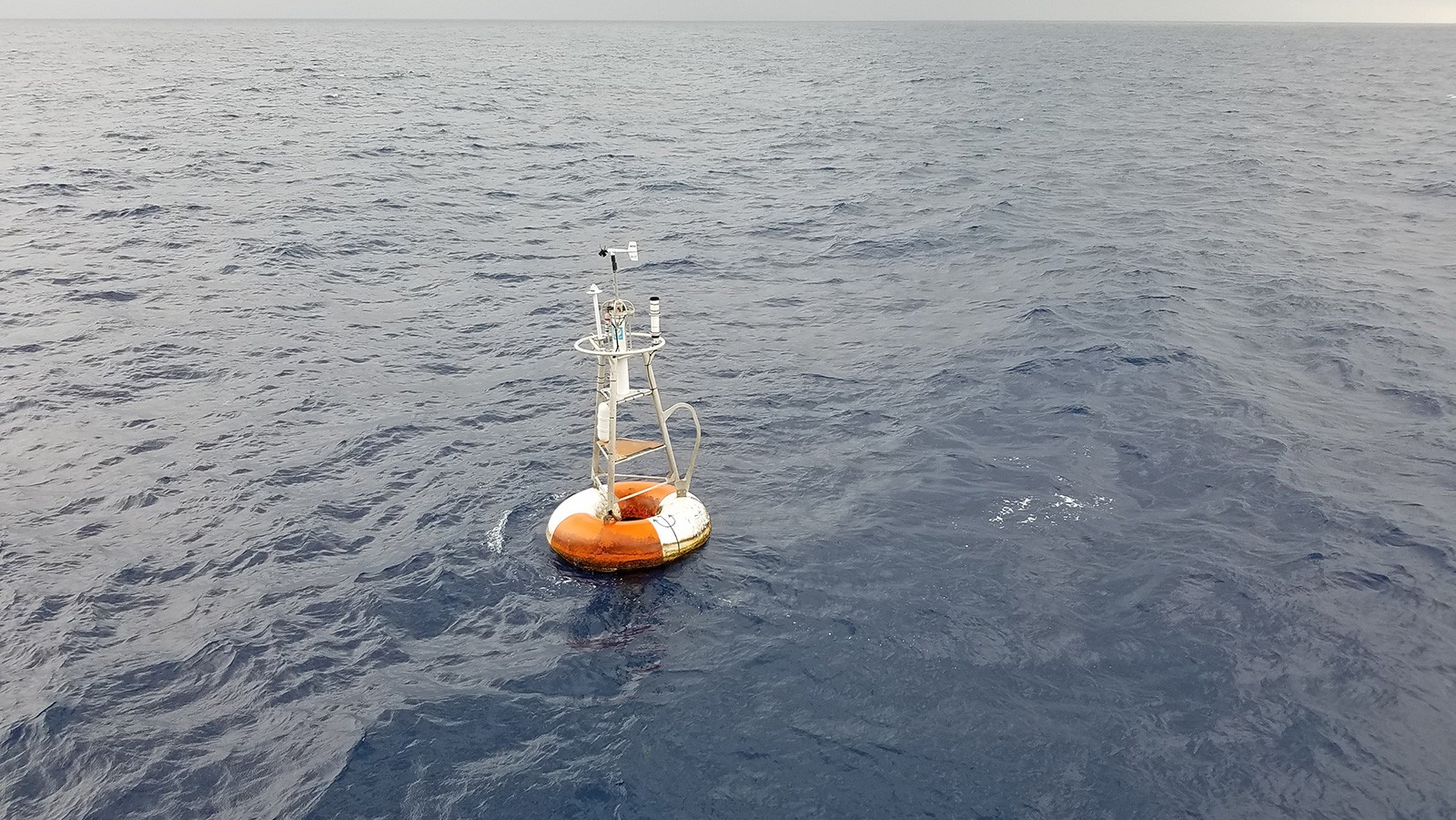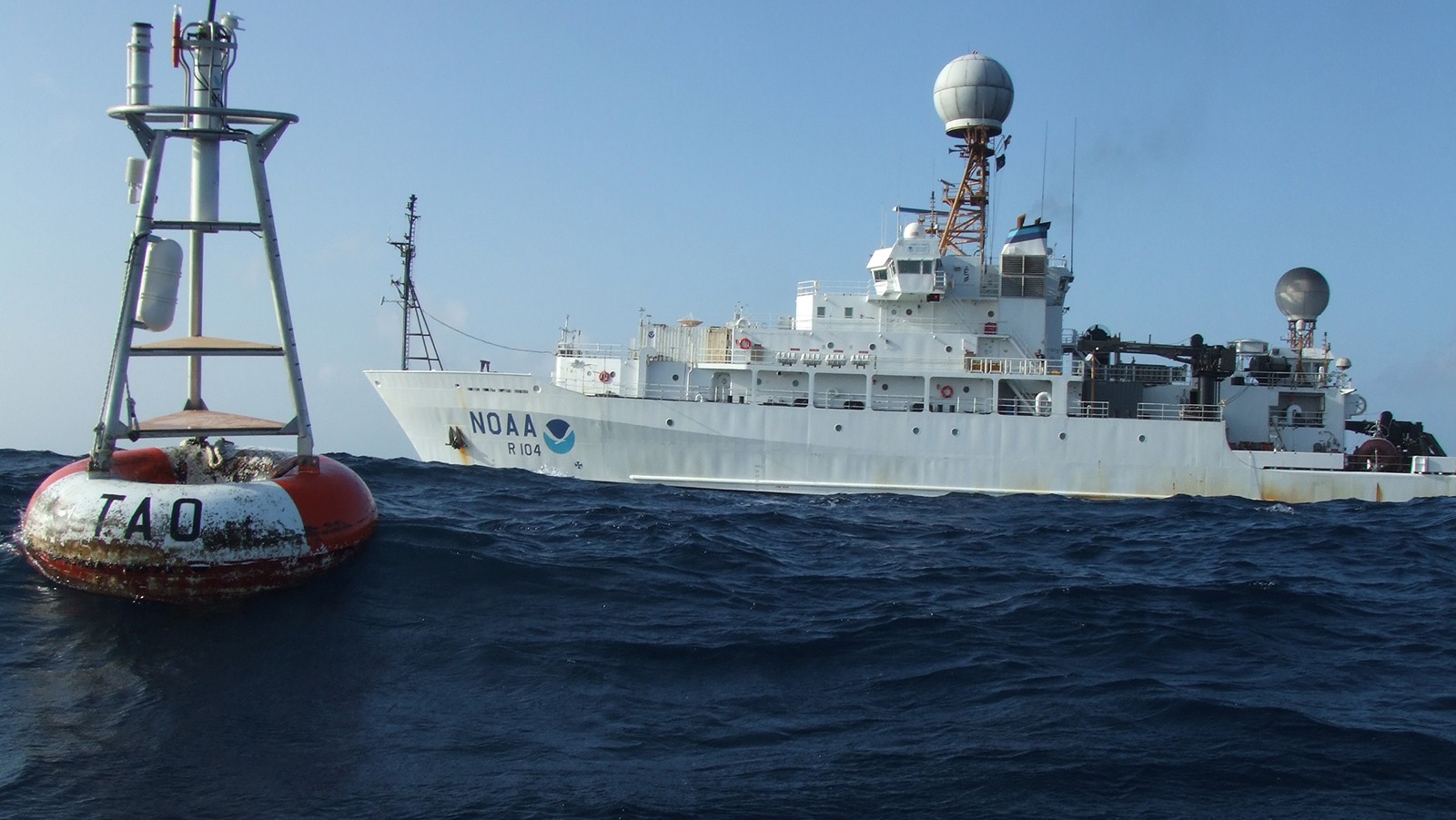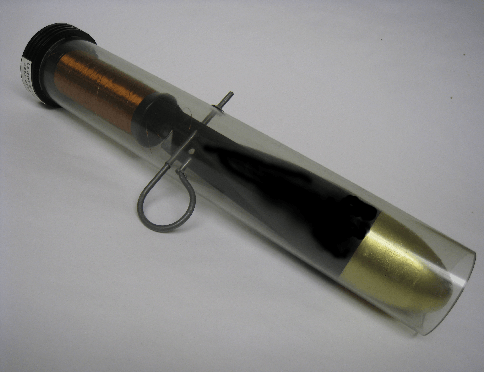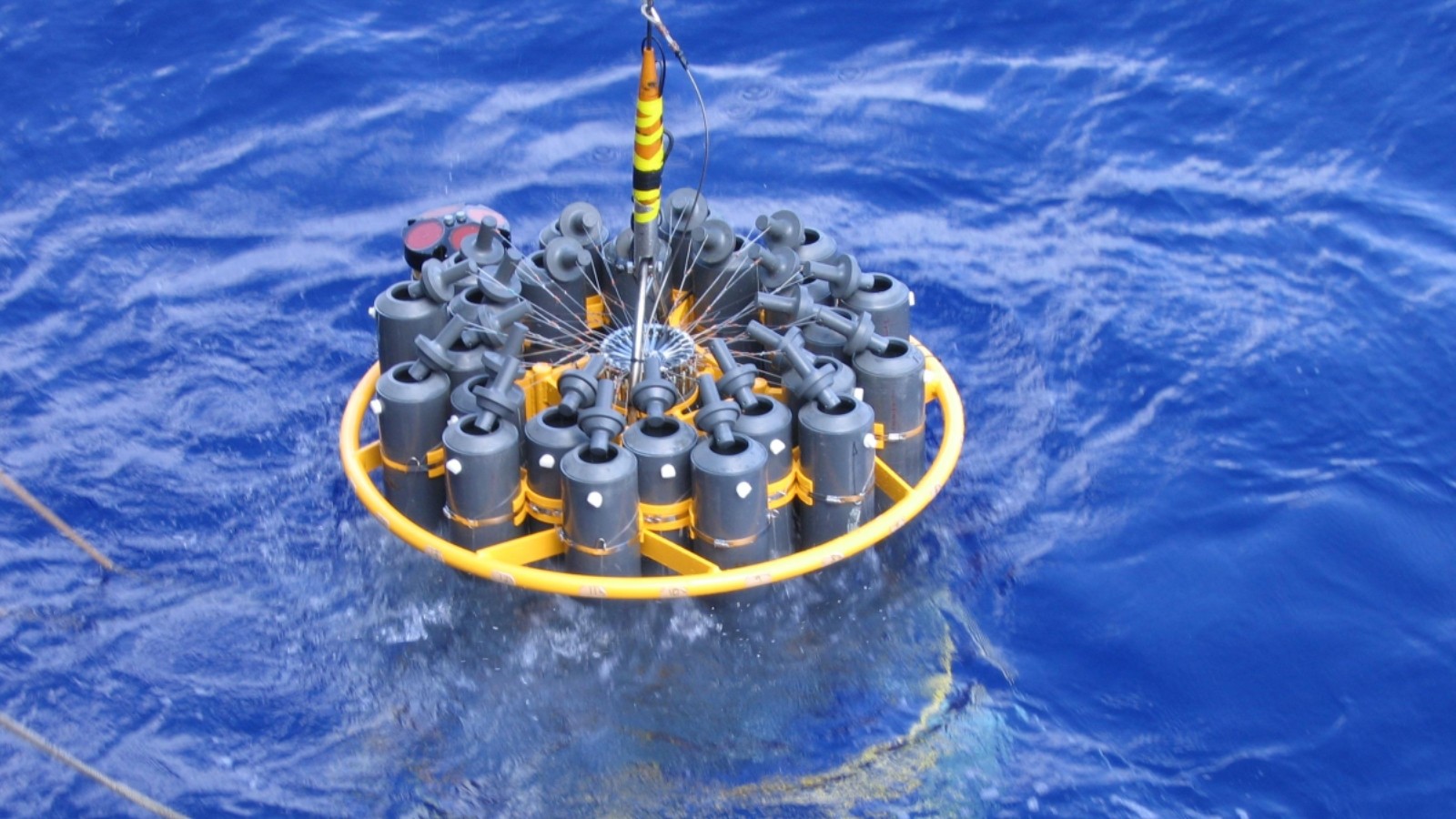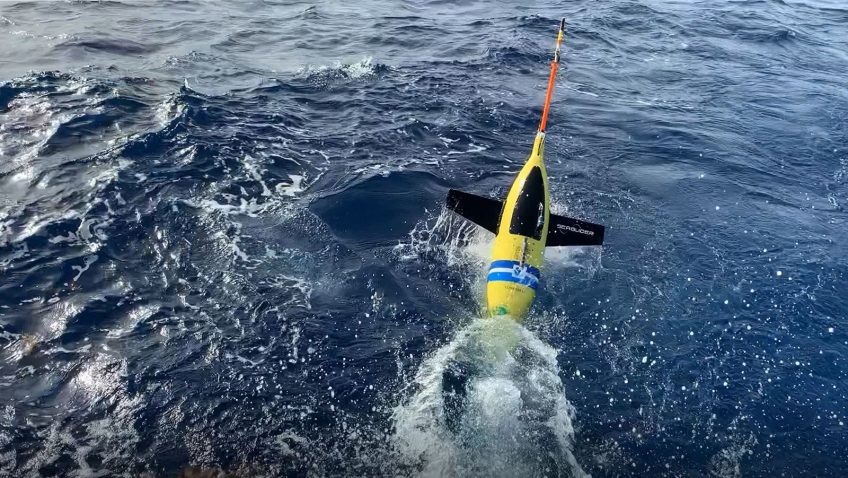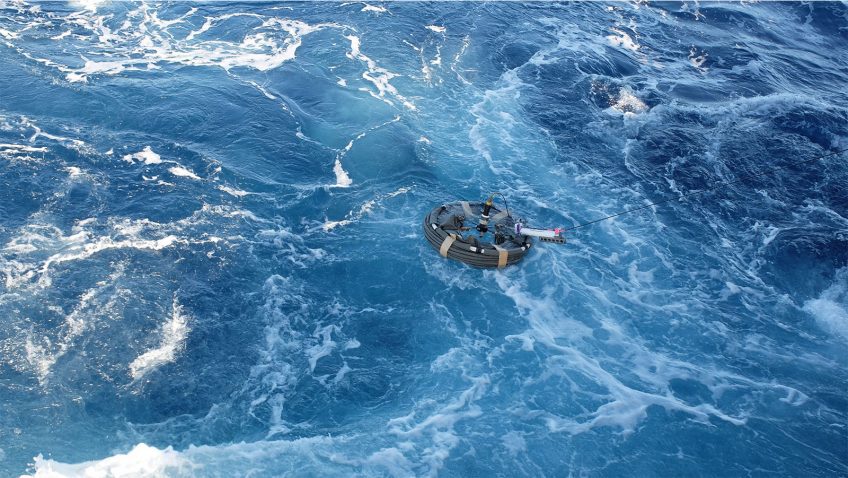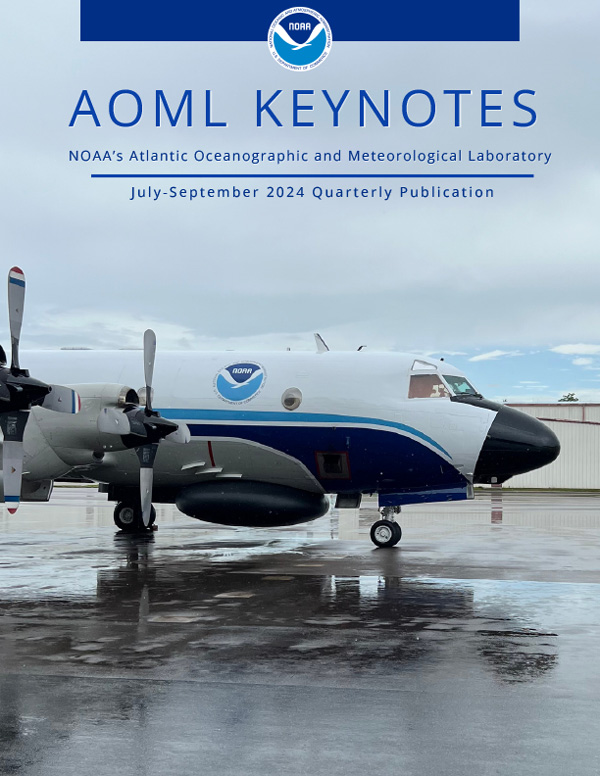Since the inception of the international South Atlantic Meridional Overturning Circulation (SAMOC) initiative in 2007, substantial advances have been made in observing and understanding the South Atlantic component of the Atlantic Meridional Overturning Circulation (AMOC). The goals of the SAMOC initiative are to monitor climatically relevant oceanic fluxes of mass, heat, and freshwater, provide observations to validate and improve numerical models and climate predictions, and understand the impacts of the SAMOC on climate and weather.
Read Full Article
NOAA’s Atlantic Oceanographic and Meteorological Laboratory (AOML) is celebrating New Years with a look back at some of our top stories from 2022!
Read Full Article
PIRATA Northeast Extension Tropical Atlantic Observations for Weather & Climate JUMP TO DATA OR SCROLL TO LEARN MORE Who We Are PIRATA, the Prediction and Research Moored Array in the Tropical Atlantic, is a multinational observation network, established to improve our knowledge and understanding of ocean-atmosphere variability in the tropical Atlantic. It is a joint [...]
Read Full Article
Introducing a new social media series from NOAA’s Atlantic Oceanographic and Meteorological Laboratory (AOML): 12 Days of Instruments!
This series highlights 12 of the many instruments used by our researchers at AOML! Each of these instruments are vital to conducting our groundbreaking research.
Read Full Article
Tropical Atlantic Current Observations Study Advancing Our Understanding of Ocean Circulation and Mixing JUMP TO DATA OR SCROLL TO LEARN MORE Who We Are The Tropical Atlantic Current Observations Study (TACOS) is a pilot study focused on advancing understanding of ocean circulation and mixing and its impact on sea surface temperatures and the atmosphere. Using [...]
Read Full Article
AOML XBT Network Longest Time Series in Existence Used to Measure Ocean Properties JUMP TO DATA OR SCROLL TO LEARN MORE Who We Are What We Do The NOAA/AOML XBT (eXpendable BathyThermograph) Network consists of transects across all ocean basins where XBT are used to collect temperature observations of the upper 1km of the ocean. The [...]
Read Full Article
Western Boundary Time Series Monitoring the Western Boundary Currents in the Subtropical Atlantic JUMP TO DATA SCROLL TO LEARN MORE Who We Are What We Do The Western Boundary Time Series (WBTS) project conducts sustained monitoring of the volume transport and seawater properties of the western boundary currents in the subtropical North Atlantic. These include [...]
Read Full Article
Argo Program An Array of Profiling Floats Observing the Ocean in Real-Time JUMP TO DATA JUMP TO OPERATIONS JUMP TO BGC-ARGO OR SCROLL TO LEARN MORE Who We Are What We Do Argo is an international program that collects information from inside the ocean using free drifting profiling floats. These floats drift with the ocean [...]
Read Full Article
Hurricane Gliders Improving Hurricane Forecasts With Upper Ocean Observations JUMP TO DATA DEPLOYMENT MAP OR SCROLL TO LEARN MORE members Who We Are The genesis, path, and intensity of Atlantic Ocean hurricanes are linked to atmospheric and ocean conditions. During the last 20 years, the improvements of hurricane intensity forecasts, and in [...]
Read Full Article
Global Drifter Program Cornerstone of the Global Ocean Observing System JUMP TO DATA OR SCROLL TO LEARN MORE Who We Are What We Do The Global Drifter Program is a branch of NOAA’s Global Ocean Observing System and a scientific project of the Data Buoy Cooperation Panel. It has two components: the Global Drifter Center [...]
Read Full Article
